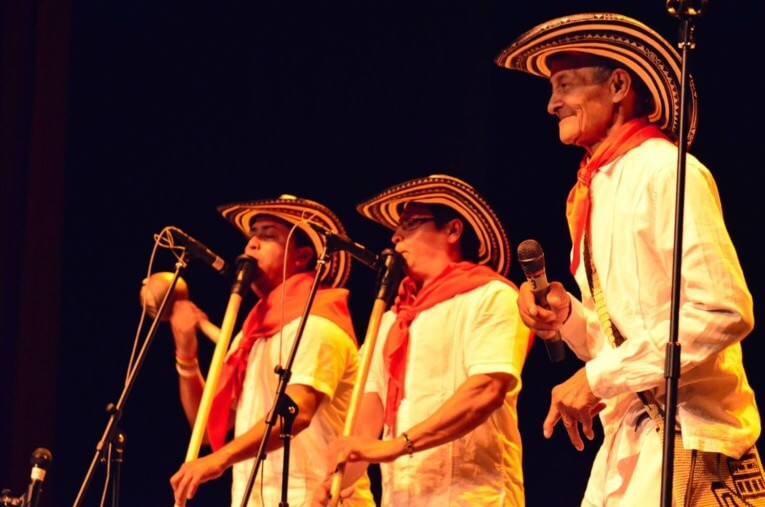Colombian music occupies a central place in society. In Colombia, music is everywhere: in the street, in homes, in cars, in buses, in cabs, in stores, at weddings and funerals, at parties, births, family meals, in cafés, bars, restaurants… Everywhere. All the time.
Colombians have a fusional relationship with music (and dance), and Colombia wouldn’t be Colombia without its music.
Born of mixed traditions, like its people, traditional music in Colombia is still very much alive! A blend of indigenous, African and European influences, Colombia’s traditional music forms the identity of its villages, departments and regions. Each geographical area has its own musical tradition, and the sheer number of genres in Colombian music is staggering.
But Colombian music cannot be reduced to traditional music. Quite simply, because from generation to generation, music evolves and tradition comes face to face with modern music to give birth to new genres, new artists, for an explosion of artistic creativity.
Colombian music is certainly THE country’s most powerful cultural marker.
Traditional music of the Caribbean
Music from Colombia
It’s not going to be easy to tell you all about Colombian music, but we’ll try, bit by bit! Starting with the traditional music of Colombia seems to us to be the best thing to do, since it’s the roots of everything. And what better way to start than with Caribbean music?
Colombia’s Caribbean region is the crucible of many of the country’s most popular musical genres, including Vallenato, Cumbia and Champeta.

